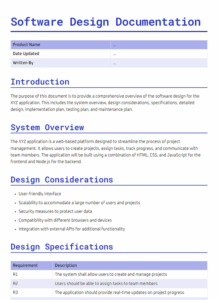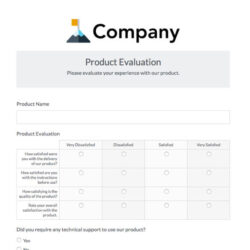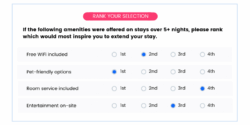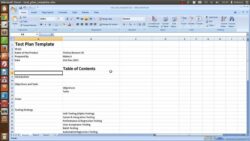Launching a new product, feature, or even a minor update often involves a crucial stage: beta testing. It’s that exciting moment when you put your hard work into the hands of real users, eager to see how they interact with it. But simply giving users access isn’t enough; you need a systematic way to gather their insights. Without structured feedback, you’re essentially flying blind, missing out on invaluable opportunities to refine, enhance, and truly optimize your offering before its public debut.
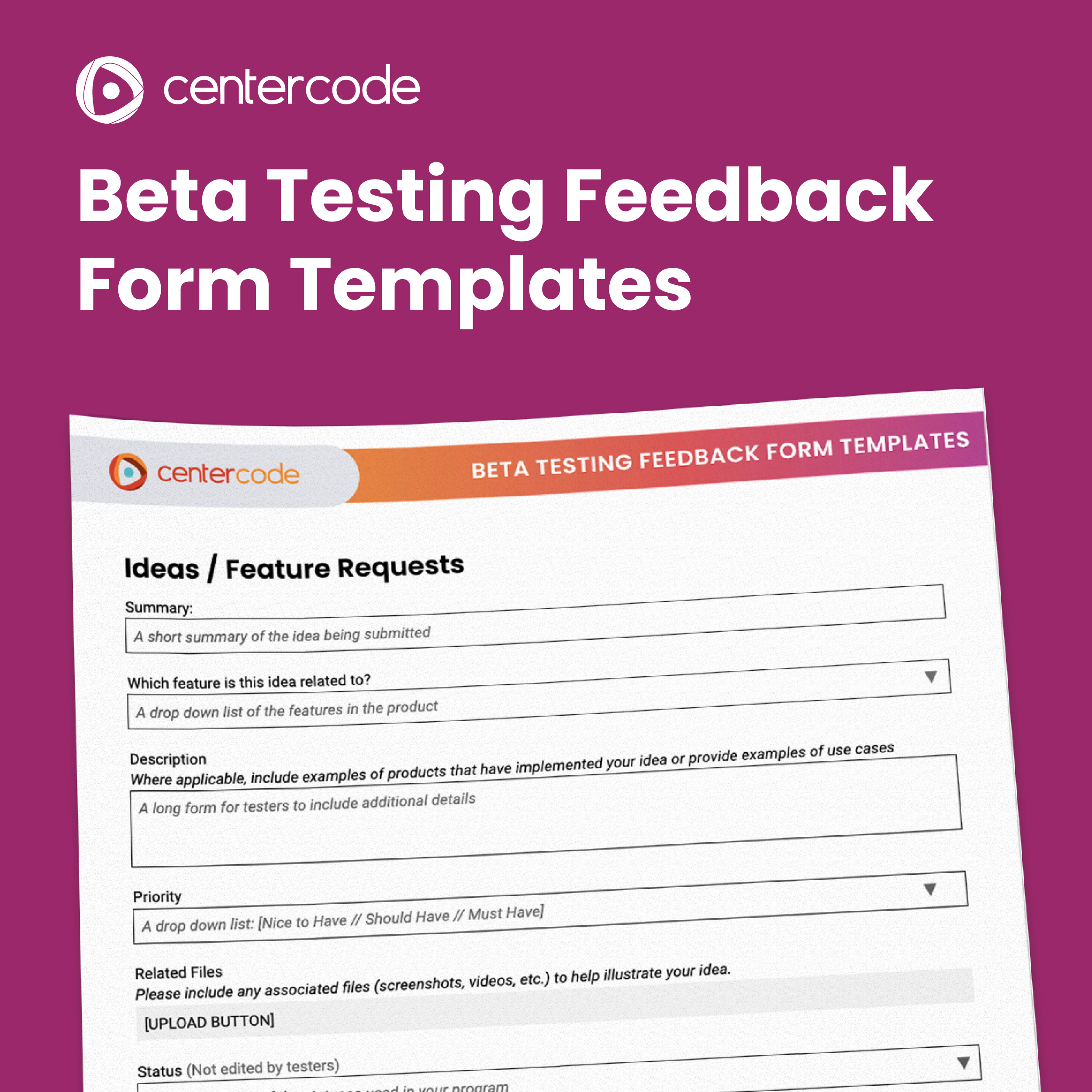
This is where a well-crafted beta product feedback survey template becomes your best friend. It provides a standardized yet flexible framework for collecting actionable data, helping you pinpoint pain points, validate assumptions, and uncover hidden gems of user experience. Instead of sifting through scattered emails and casual chats, a good template ensures you’re asking the right questions, consistently, to everyone, setting you up for success.
Crafting an Effective Beta Product Feedback Survey Template
Designing a survey that genuinely captures useful insights is more art than science, but it certainly benefits from a structured approach. The goal isn’t just to ask questions, but to ask the right questions in a way that encourages clear, comprehensive responses. A solid beta product feedback survey template needs to be intuitive for the user to complete while providing detailed, actionable data for your team to analyze and implement.
Think about the entire user journey and what you specifically want to learn. Are you testing the onboarding process? A specific new feature? Or the overall stability and performance? Your survey should reflect these specific objectives. It’s often helpful to categorize your questions to make the survey feel less overwhelming and guide the user through different aspects of their experience.
Essential Sections to Include
When you’re building out your template, think about the core areas of the user experience. You’ll want to start with a broad overview and then drill down into specifics. This helps users recall their experience chronologically and ensures you don’t miss any critical feedback points.
A good template will typically cover the following key areas, allowing you to get a holistic view of the beta experience:
- Overall Satisfaction: How satisfied are users with the product or feature as a whole? This can be a simple rating scale.
- Usability and Intuitiveness: Was it easy to understand and use? Did they encounter any confusion or friction points?
- Performance and Reliability: Were there any bugs, crashes, or slowdowns? Did it feel stable and responsive?
- Feature Specific Feedback: If testing particular features, deep-dive into each one. Did they meet expectations? Were they useful?
- Value Proposition: Does the product solve a problem for them? Would they recommend it to others?
- Missing Features/Suggestions: What else would they like to see? Are there any crucial functionalities missing?
- Open-Ended Comments: Always provide space for users to share anything else they wish, as this often uncovers unexpected insights.
Remember, while a template provides a starting point, it should always be adaptable. You might have specific features or concerns for each beta phase that require unique questions. Don’t be afraid to customize and iterate on your beta product feedback survey template based on the specific goals of your testing round.
Tips for Maximizing Your Beta Feedback Collection
Having a robust beta product feedback survey template is only half the battle; the other half is ensuring you get meaningful responses and act on them. The way you engage with your beta testers and manage the feedback process can significantly impact the quality and quantity of data you receive.
Firstly, set clear expectations with your beta testers from the outset. Let them know what you expect from them, how often you’ll be asking for feedback, and most importantly, how their input will be used. Transparency encourages participation and makes testers feel valued, which can lead to more thoughtful and detailed responses. Consider sending regular updates on how their feedback is being implemented.
Secondly, make the feedback process as frictionless as possible. Keep your surveys concise and focused. While you want detail, a lengthy survey can deter completion. If possible, integrate the survey directly into the product experience, or provide easy access through prominent in-app prompts or email links. Offering different formats for feedback, such as bug reporting tools alongside surveys, can also cater to various user preferences.
Finally, consider incentives, especially for longer beta periods or more intensive testing. This doesn’t necessarily mean monetary rewards; it could be early access to future features, recognition on your website, or even just a personal thank-you. A little appreciation goes a long way in motivating testers to provide consistent, high-quality input. Analyzing the feedback is just as crucial as collecting it; dedicate resources to review responses promptly and identify patterns and actionable insights.
Harnessing the power of early user insights is paramount for any successful product launch. A well-designed feedback mechanism not only helps you identify bugs and usability issues before they become public headaches but also validates your product’s core value proposition directly from your target audience. It transforms assumptions into validated insights, paving the way for a more confident and impactful release.
By consistently collecting and acting upon this invaluable user data, you’re not just creating a better product; you’re building a product that truly resonates with its users. This iterative process of listening, learning, and refining is the cornerstone of sustainable product development, ensuring your offering continues to evolve and meet the ever-changing needs of your market.
